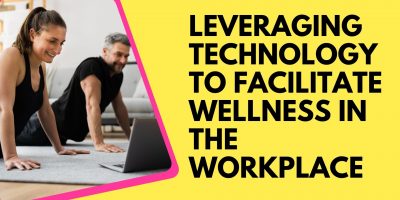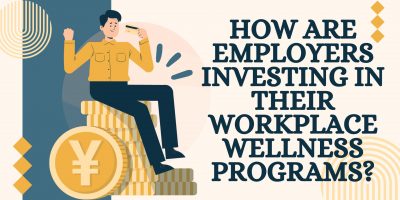The drastic shift to remote work in the last two years has forever changed how we define a workplace. During the pandemic, almost 50% of employees in the US were working from home.
Post-pandemic, many organizations are opting to continue remote work to a varying degree, hence the rising popularity of hybrid work models. However, this new era of flexibility comes with its own challenges of adapting a wellness strategy to a new working landscape.
Axel Hernborg, CEO of Tripplo, affirmed the importance of wellness by saying, “Wellness activities must be a part of your culture in 2022, whether your employees are in the office full-time or part-time. Offering activities that may be done either in the workplace or remotely is a trend in employee health that will grow next year.”
The most significant benefits of remote work for employees are flexibility and freedom. Promoting a culture of wellbeing means developing a healthy work-life balance, and a hybrid work model can be considered a “wellness trend” in itself.
On the other hand, screen time for adults is rising. The biggest struggle that remote workers experience is not being able to unplug, followed by difficulties with communication and loneliness. All these factors contribute to employees feeling stressed and struggling to cope with a changing world. For flexible workplaces to be successful, companies in 2022 must prioritize digital wellbeing to mitigate some adverse effects.
Another expert insight provided by Tom Marsden, CEO at Saberr, notes, “The constant U-turn on remote working guidance is leaving employees feeling completely burnt out, and the percentage of people quitting their jobs is at the highest rate in a decade – not what you’d expect during a pandemic.
One of the reasons for this comes down to basic team operating processes. We’re specifically seeing many organizations cling to office-based meeting practices in a remote or hybrid environment. “Zoom fatigue” is an oversimplification of the problem. ”
He adds, “A big part of the problem is the over-reliance on ‘a quick chat’ as the default method of solving problems, sharing information, collaborating, or making decisions. This is perhaps why employees are 24% more likely to be emotionally drained by additional meetings.
The trend in 2020/2021 was to get the right infrastructure in place to make remote/hybrid work possible. Tools like Slack, Zoom, and Microsoft Teams. But companies realize that communication tools alone aren’t enough to support this new way of working. Instead, what’s needed are team-based technologies that can help teams build good relationships without needing an office. To adopt new routines, new habits, and processes to remain effective, increase wellness, and avoid burnout in 2022 and beyond.”
















